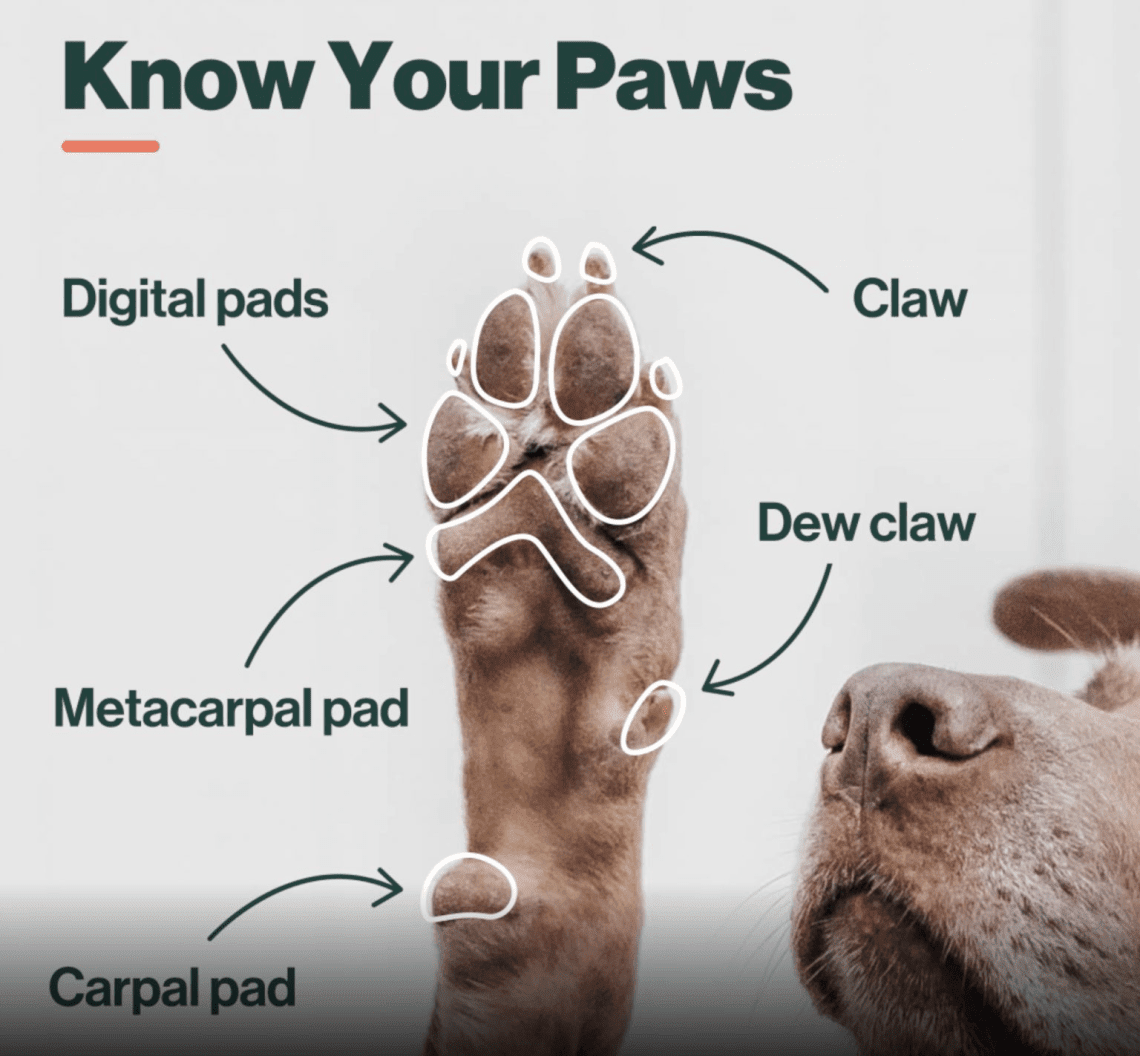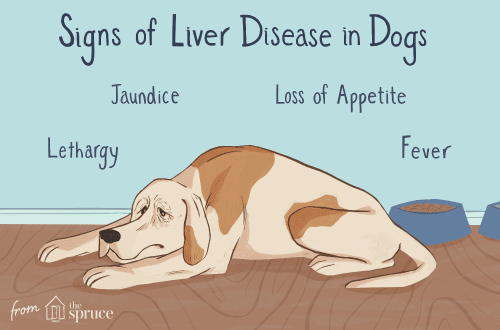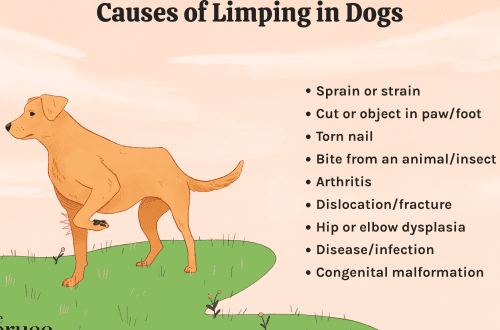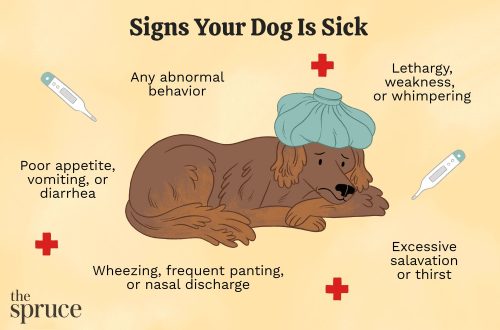
The dog’s paws hurt. What to do?
Contents
Symptoms
With painful sensations in any part of the limb, as well as in its lower (supporting) part, the main symptom will be lameness of varying severity. Dogs may also vigorously lick pads, gnaw their claws, show reluctance to get up or move around, and prevent paw inspection.
What to do?
First of all, it is necessary to conduct a thorough inspection of all paws and pads at home. To do this, you need to calm the dog and carefully examine all the paws both from the upper and lower sides, including the interdigital spaces, the skin of the pads, each claw individually and the condition of the skin of the claw ridges. On examination, all structures can be gently palpated, which will determine tenderness and detect swelling or local fever.
Pay attention to the integrity of the skin, the presence of foreign bodies, cuts, redness of the skin or discoloration of the coat. Assess the integrity of the nails and their structure, the condition of the skin of the pads (it should not be too rough and dry or too soft or with loss of pigmentation). Feeling the skin in the interdigital spaces, sometimes you can find seals or fistulous passages, from which purulent-bloody contents can be released. Pay attention to the condition of the coat – hair loss on the entire paw or only on a certain part of it indicates a pathology. Depending on the cause, lesions can be found on one paw or on all at once.
Causes
Quite often, a broken claw becomes the cause of soreness and discomfort in the paw area; if you find it at home and carefully cut it off (using a special nail cutter), then the problem can be considered solved. At the same time, examining the paws, you will not reveal anything suspicious, with the exception of a broken claw. It is not always possible to cut the claw at home, this may be due to severe damage to the sensitive part of the claw, and if inflammation or a secondary infection has already occurred, then you will have to go to the clinic.
Dogs picked up from the street or adopted from a shelter may have ingrown claws, which is usually associated with the conditions of detention and care. Such pad skin injuries, like cuts or punctures, quite often cause pain. In some cases, a large part of the pad is cut off, most often such injuries occur if the dog was transported on the subway and was not picked up while moving on the escalator. This should be taken into account if it becomes necessary to travel with the dog on the subway.
During the winter season, most dogs may experience reaction to anti-icing reagents, which is usually expressed in a sharp lameness on all four paws immediately after going outside. Avoid walking on asphalt sprinkled with reagents, carry the dog across the road (if possible), be sure to wash the dog’s paws after each walk. You can also use safety shoes.
Foreign bodies in the form of splinters, glass, or parts of plants (especially cereals) are usually found on one of the limbs, may be accompanied by edema, inflammation, and the formation of fistulous tracts.
RџSЂRё allergic diseases, for example, with atopy, inflammation and redness of the skin in the interdigital spaces can be observed, which is often accompanied by itching and complicated by secondary fungal and bacterial infections. In this case, all limbs are usually affected at once.
In dermatophytes (ringworm) the skin of the fingers may be affected, with inflammation, hair loss and crusting and scales.
In dogs of large and heavy breeds with orthopedic problems and violation of the position of the paw, chronic skin injuries can be observed, especially if the dog does not rely on the pad, but on the hairy part of the paw, which often ends in chronic infection and inflammation.
For some immune-mediated diseases all claws may be affected, with disruption of the structure, splitting, deformation and rejection of the stratum corneum, which is often accompanied by secondary infections and painful edema.
With bone neoplasms you can find that one of the phalanges of the fingers is enlarged – this indicates that only one limb is affected.
In all cases, when the problem is not related to a broken claw, which can be carefully trimmed at home, it is worth contacting a veterinary clinic.





